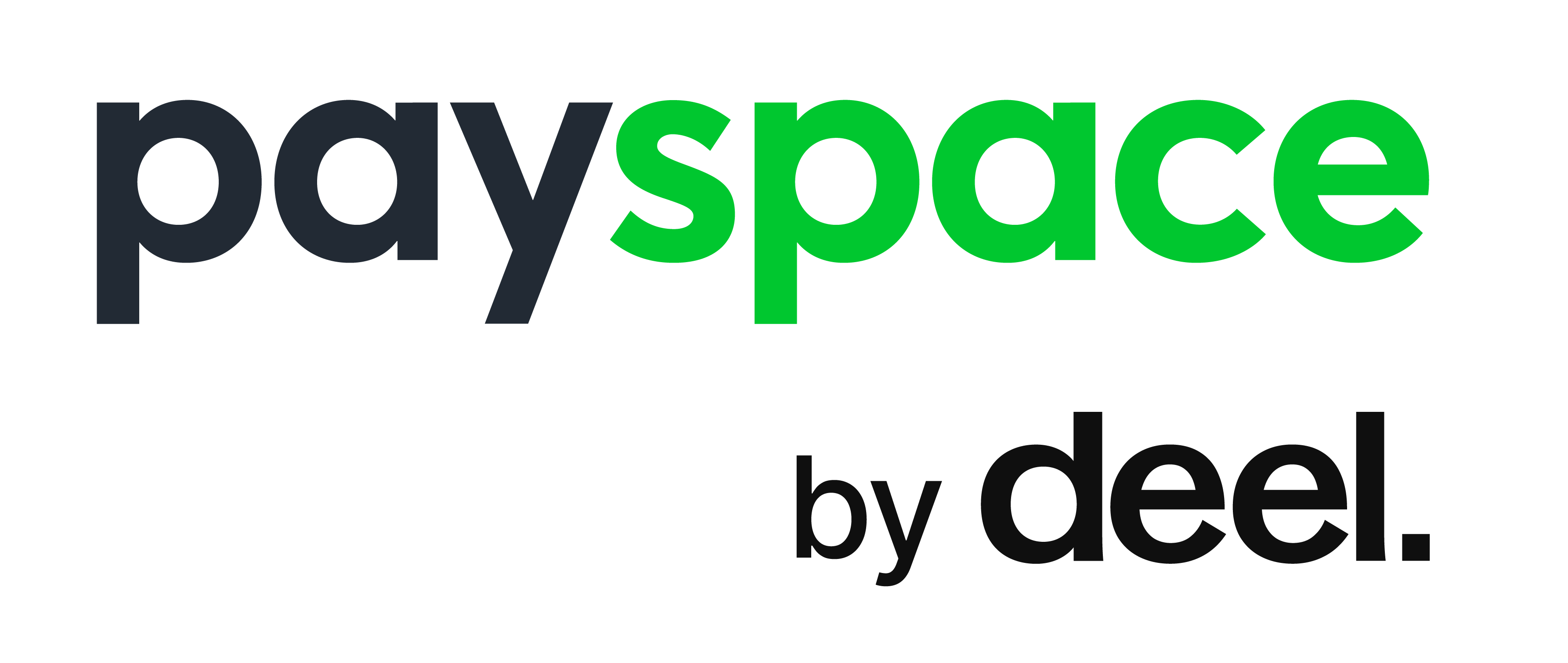In today’s competitive market, businesses are constantly striving to do things more efficiently as this usually translates into increased profit. Which is why it’s somewhat surprising, that many companies are still approaching payroll and HR processes in the same way they did 10 years ago.
The modern business world is increasingly focused on achieving more in less time and as such, should consider a self-service payroll system. Here are 5 really good reasons why.
- Time saved
As a payroll manager, your HR processes and administration can be extremely repetitive and time-consuming. Especially so if they’re done manually and all queries are channelled through the payroll and or HR department. It’s a laborious task which is a waste of valuable resources.
A self-service payroll system will give your company’s employees access to their personal, work and benefits data online as and when they need it. They can access it 24/7 from any browser. Should an employee, for example, need a payslip to submit to the bank for a home loan application, they won’t have to contact you to find the information they’re looking for. They can find it and print it themselves without any delay.
This frees up your day significantly and will enable you to focus on more business critical tasks such as producing real-time, accurate and timely reporting of all data as required by the company on a daily basis – rather than only at month-end. Risks, with regards to incorrect inputs, taxation and compliance, are easier to identify when you have more time to focus in each task. What’s more, your colleagues in other departments will also save time as they will no longer have to email you for information and then wait for a response.
- Quicker access to information
Companies that have employees based in multiple locations across the world are ideal candidates for a cloud-native self-service payroll solution. Regardless of their various geographies and time zones, employees and managers can instantly access the information they need without having to wait for another human (you) to respond to their request.
Historical payslips are always available on a self-service payroll system – without the need to perform a ‘restore operation’. Employees can do on-screen comparisons between multiple payslips to identify changes and trends in monthly income as well as request that payslips be sent to their mobile phones via text message.
A self-service portal can also enable team leaders, in the same or different countries to their reporting staff, to view or action certain tasks assigned to the employees reporting to them. They can also directly access their staff’s leave balances, payslips, performance reports, claims and more – which means that you can work on more strategic projects uninterrupted.
- Keep employees engaged
A self-service payroll system gets your company’s employees directly involved in the HR and payroll process. This makes them feel more in control as they have quick access to information. For example, if an employee is confused by his nett salary one month, they can immediately access their latest, and previous, payslip to review the breakdown of deductions. There is no misinformation or delay in access to information which helps avoid any misunderstandings and disappointment.
Employees who can book their own leave online are also likely to feel more in control of their time and plans. The ability to make faster decisions and get quicker feedback will make them far happier in the long run. In addition to managing their leave, employees can use a self-service payroll system to access their tax certificates, complete performance evaluations, capture expense claims or trigger any change request for various payroll or HR areas that are sent via a workflow approval chain. In this instance, the payslips are automatically updated without having to compile complex batch files outside of the system in order to upload them into payroll. The relief for you and your payroll team is enormous!
Employees and their line managers can also manage performance evaluations through the online self-service system. Employees will receive a notification to adjust or complete their review online and automatically send it to their manager for review once completed. Setups can also be triggered to request a 3rd party assessment.
Training courses can be automatically updated and co-ordinated. Employees can review the course schedule in their own time, enrol themselves on the relevant course of their choice and the course coordinator will be alerted directly. Plus, the employee’s work profile will be immediately updated to reflect their training achievements.
- Avoid human error
Humans make mistakes. It’s just one of those things, and it’s even easier to miss important steps if you’re under pressure and busy.
You might approve a leave request in a rush, without realising that the specific date requested is already out of bounds. This could mean that you then have to go back to an employee and retract the leave approval. The result is one very disappointed person which is definitely something you’d rather avoid.
With a self-service cloud-native payroll system many instances of human error can be avoided as the system will handle all the onerous administrative tasks for you.
- Reduce paperwork
Gone are the days of having to manually record leave, training, expense claims and payslips. A cloud-native self-service payroll system can do all this for you. Timesheets can be updated and submitted electronically and your entire company’s leave and training scheduled can be viewed in one online calendar for more efficient planning – your payroll software will access employee information to populate the necessary data fields. In other words, as soon as a day of leave is taken, or a training course has been approved, it will reflect on the employee’s profile, without you having to find the relevant document in the right lever arch file to update by hand.
All employee related documents such as education qualifications, course certificates, identify documents, work contract, curriculum vitae and medical certificates can be stored electronically in one central, cloud-native repository via the self-service HR and payroll platform.
The business world is moving to the Cloud – and with good reason. Important information can be safely stored, updated and accessed from anywhere at any time. For HR and payroll functions, the benefits of a cloud based self-service system are too good to ignore. With the time-consuming tasks of administrative employee management taken care of, you and your team can focus on delivering a more strategic business service.
If you want to find out more about how your business could benefit from self-service payroll, give us a call, for some specialist advice.












